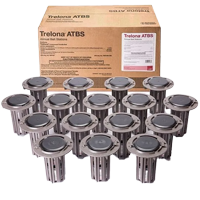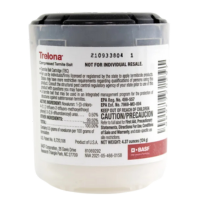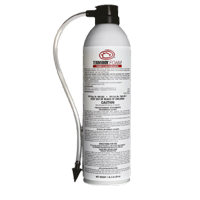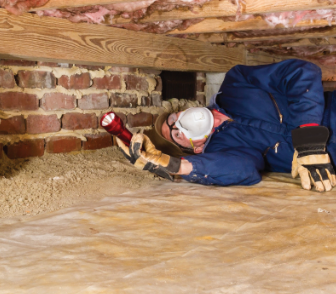We use cookies to make your experience better. To comply with the new e-Privacy directive, we need to ask for your consent to set the cookies. Learn more.
CREATURE FEATURE
SUBTERRANEAN TERMITES
Subterranean termites form colonies in soil, which provides moisture and protection from extreme temperatures, making them more widespread than drywood termites, which live directly in the wood they consume. Since their colony size isn’t limited by wood, a single subterranean termite colony can cause more structural damage than a drywood termite colony. Although subterranean termites occur in every state except Alaska, structural infestations are more common in warmer climates. Frozen topsoil limits subterranean termites in areas with extremely cold winters, reducing the overall number of structural infestations in these regions.
While most structure-infesting subterranean termites in North America are native species, the Formosan subterranean termite is an introduced species native to southern China. It is the most widely distributed and economically important subterranean termite in the world, though its distribution in the United States is mostly limited to southeastern states and Hawaii. Formosan subterranean termites can cause more structural damage in less time due to their high reproductive capacity, which produces colonies ten times the size of native subterranean termites.
Trelona ATBS Annual Bait Stations simplify termite management with just one inspection a year, and the bait cartridges stay effective for at least five years, reducing long-term costs. Termidor Foam targets termites inside the structure, working like above-ground bait stations. By combining effective baiting and direct treatment, these products provide a comprehensive solution for protecting structures from subterranean termite damage.
FEATURED PRODUCTS
FEATURED PROTRAINING COURSE
Subterranean Termites & Building Foundations
Course Type: Technical
Time: 60 Minutes
Building foundations have areas that are susceptible to subterranean termite entry that vary with foundation type. After completing this course, you should be able to identify five basic building foundation types along with common subterranean termite entry points and treatment procedures for each type.




